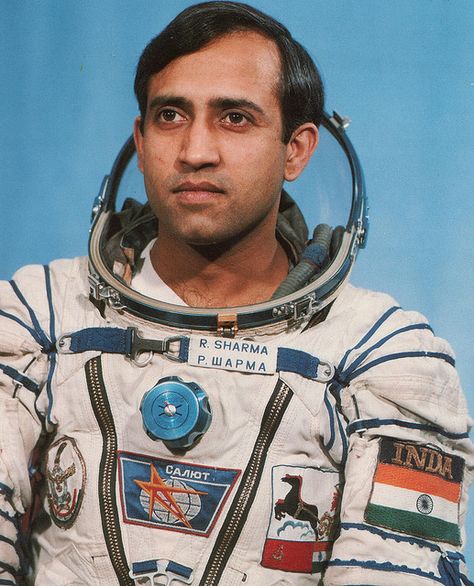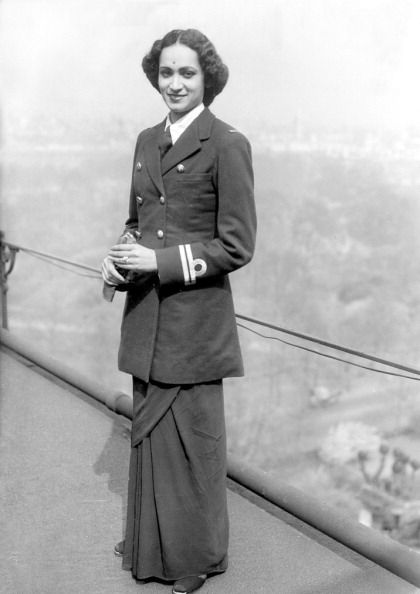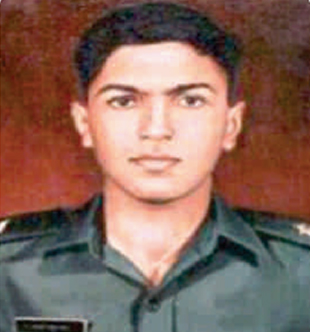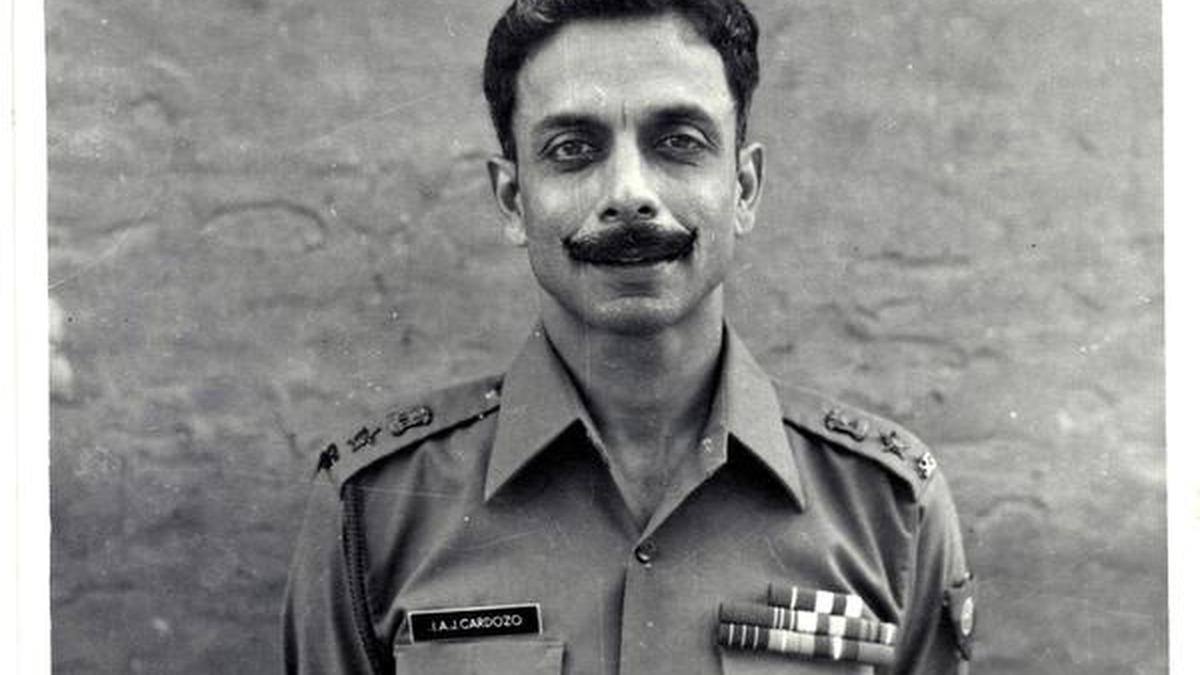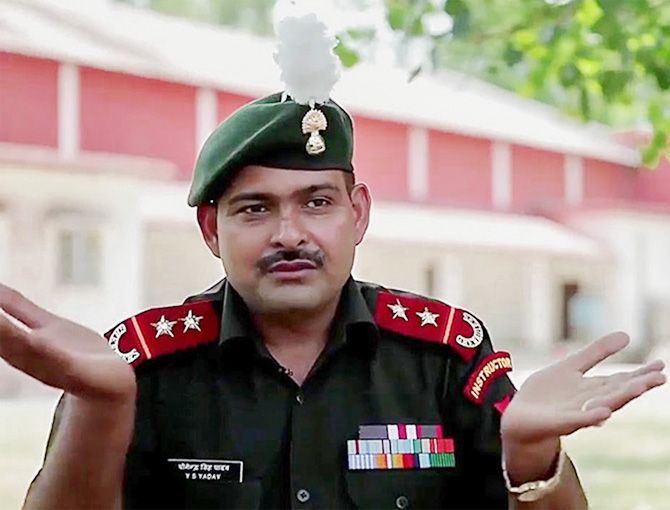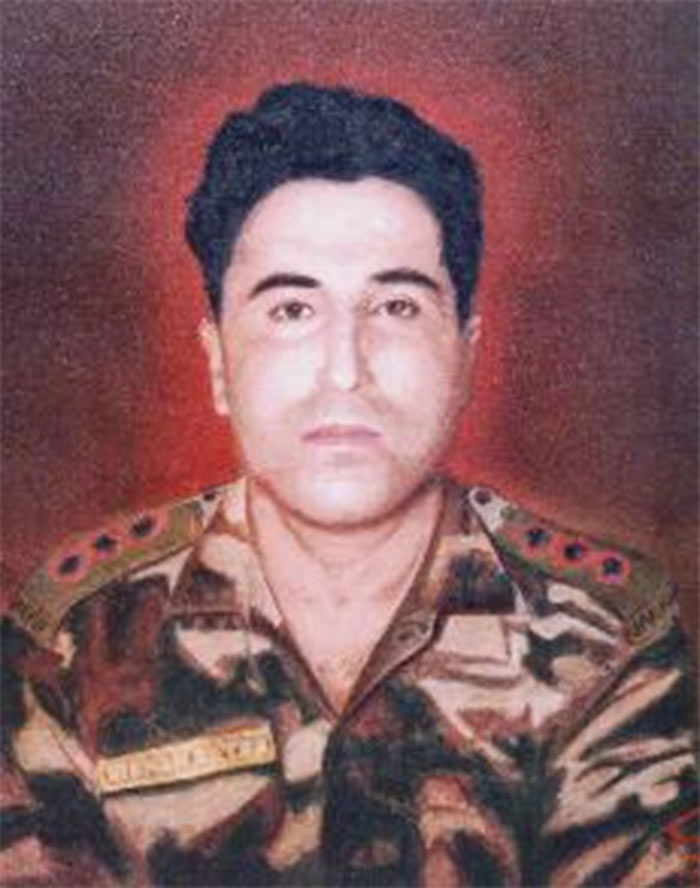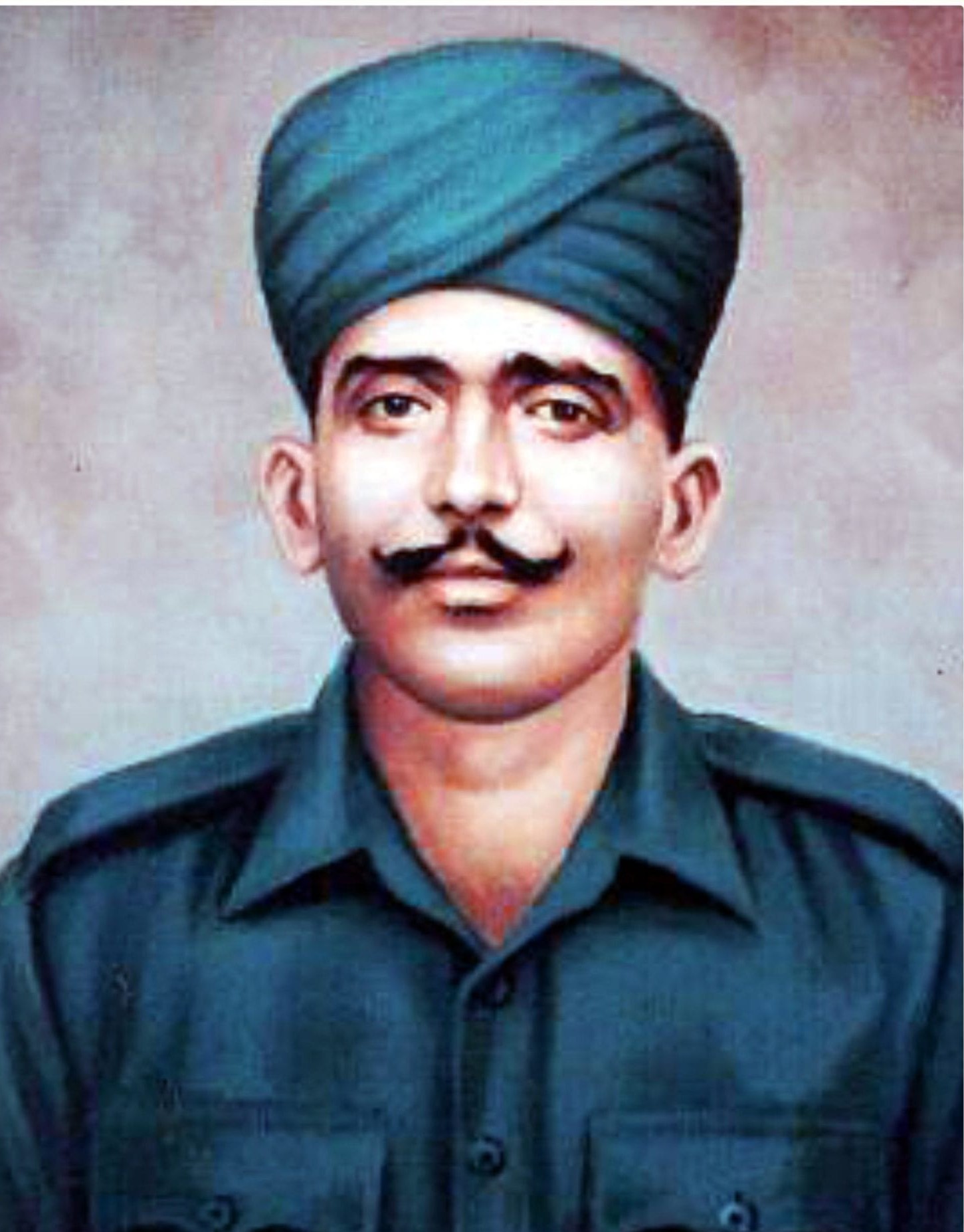Early Life and Military Career
Born on January 13, 1949, in Patiala, Punjab, Rakesh Sharma’s early life was much like any other Indian boy’s, filled with dreams and aspirations. However, his destiny was to be written among the stars. He graduated from the National Defence Academy and was commissioned into the Indian Air Force (IAF) in 1970, quickly establishing himself as a skilled and dedicated fighter pilot. His excellence in the field was evident, and he rapidly rose through the ranks, earning the respect of his peers and superiors alike.
The Space Odyssey
The turning point in Sharma’s career came when he was selected for a joint space program between the Indian Space Research Organisation (ISRO) and the Soviet Interkosmos space program. This selection was a testament to his exceptional skills and physical fitness, as the criteria for selection were incredibly stringent.
On April 2, 1984, Sharma, along with Soviet cosmonauts Yuri Malyshev and Gennady Strekalov, blasted off into space aboard the Soyuz T-11 spacecraft. This mission marked a significant milestone for India, as he became the first Indian citizen to travel in space. During his eight days aboard the Salyut 7 space station, Sharma conducted scientific and technical experiments, including photography and remote sensing of the earth, biomedicine, and remote sensing.
One of the most iconic moments of his journey was when the then Prime Minister of India, Indira Gandhi, asked him how India looked from outer space. Sharma’s response, “Saare Jahan Se Achha” (better than the entire world), a line from a patriotic poem by Iqbal, resonated with pride and patriotism across the nation.
Post-Space Career and Legacy
After returning to Earth, Sharma’s life was no longer just his own; he became a national hero, an embodiment of India’s scientific and technological prowess. Despite the fame and attention, he continued his service in the IAF until his retirement as a Wing Commander.
Post-retirement, Sharma did not fade away from the public eye. Instead, he transitioned into the corporate sector, taking on leadership roles and continuing to inspire young minds. His journey from a fighter pilot to a cosmonaut has been a source of motivation for many in India, especially those aspiring to careers in aviation and space exploration.
Impact and Inspiration
Rakesh Sharma’s space journey was not just a personal achievement but a landmark event for India. It showcased the nation’s growing capabilities in space technology and its potential to contribute significantly to global space research.
Sharma’s story is not just about the technological triumph of a space mission. It’s a narrative of relentless pursuit, courage, and the human spirit’s capacity to transcend earthly boundaries. His journey continues to inspire a new generation of Indians to look up at the stars and dream big.
As India advances in its space endeavours, with missions like Chandrayaan and Mangalyaan, the legacy of Wing Commander Rakesh Sharma serves as a beacon, reminding us of the moment an Indian first ventured into space, broadening the horizons for many to follow. His story remains a testament to the fact that with perseverance and determination, the sky is not the limit, but just the beginning.
The Continued Influence of Rakesh Sharma
The legacy of Wing Commander Rakesh Sharma extends beyond his historical space flight. It resides in the ongoing advancement of India in space technology and in the hearts of countless Indians who see him as a symbol of national pride and scientific achievement.
Educational and Cultural Impact
Sharma’s journey has had a profound impact on the educational and cultural landscape of India. His achievements have sparked a renewed interest in STEM (Science, Technology, Engineering, and Mathematics) fields among young Indians. Schools and educational institutions often cite his story as an exemplary tale of courage, dedication, and the pursuit of knowledge. His life’s journey continues to be a part of curriculum discussions, inspiring future generations to dream big and aim high.
Role in Promoting Space Exploration
Post his space mission, Sharma has been actively involved in promoting space science and exploration in India. He has been a regular speaker at various academic and scientific forums, where he shares his experiences and insights about space travel. His advocacy for space research has played a crucial role in igniting a passion for space sciences in many young minds.
Advisor and Mentor
Beyond his public appearances, Sharma serves as an advisor and mentor to various space and science-related projects and organizations. His insights, drawn from his first-hand experience in space, provide invaluable guidance to new space missions and research projects.
Global Recognition
Wing Commander Sharma’s achievements have earned him global recognition as well. He is often invited to international space conferences and seminars, where he represents India’s early forays into space exploration. His interactions at these global forums not only highlight India’s contributions to space exploration but also foster international collaborations and partnerships.
Personal Life and Philosophy
Despite his extraordinary achievements, Sharma remains a humble and grounded individual. He often speaks about the importance of perseverance, hard work, and the need to stay curious. His philosophy revolves around the belief that space exploration is not just about technological advancement but about understanding our place in the universe and working towards the betterment of humanity.
Wing Commander Rakesh Sharma’s journey is not just a tale of a man reaching for the stars; it is a narrative of a nation’s aspirations and capabilities in the realm of space exploration. As India continues to make strides in space technology and exploration, Sharma’s odyssey serves as a constant reminder of the possibilities that lie beyond our planet. His story is a testament to the power of dreams and the endless potential of human endeavour. As we look towards the stars, we remember the man who first showed us that for India, the sky was never the limit.

